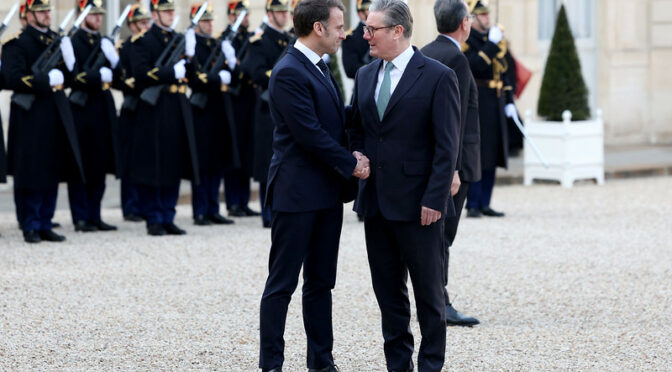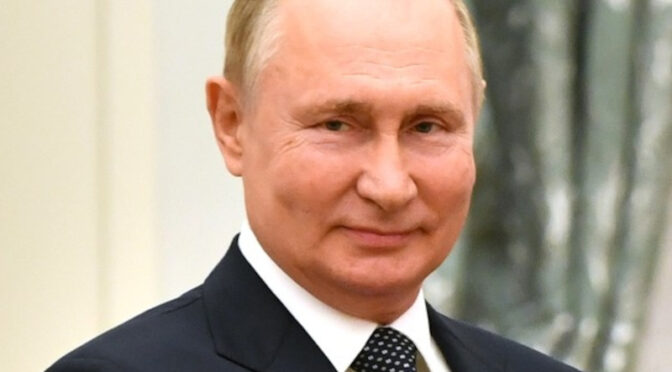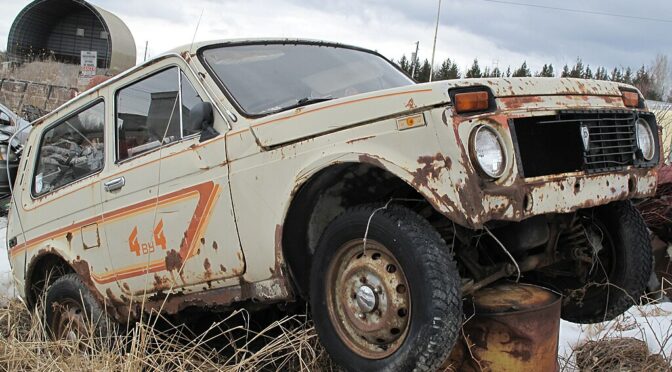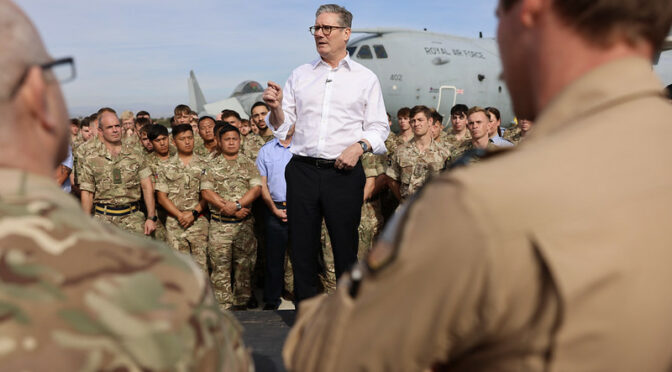Article published in The Daily Express, 18 February 2025. © Richard Kemp
Sir Keir Starmer is ‘ready and willing’ to deploy British troops in a peacekeeping force for Ukraine if President Trump’s negotiations with Putin lead to an end of the war. He may be willing but his army is not ready. Since the Cold War it has been run down to less than 75,000 regular troops and is desperately short of tanks and ammunition. Even as Putin advanced across Ukraine the British Army was cut even further with political leaders prioritising health and social welfare above the growing threats of aggression.
Starmer refused to match the Tories’ inadequate pre-election promise of an increase in defence spending to 2.5% of GDP. The harsh reality is that if there is no boost this year, capabilities will have to be cut even further.
In its current state I doubt the British Army would be able to sustain even a contribution of 5-10,000 troops to a peacekeeping force which may need up to 100,000 to effectively police the 800 mile ceasefire lines.
America says it’s out of the game, but what about the EU, recently so enthusiastic about creating its own army? Germany says ‘nein’: According to Chancellor Scholz: ‘It is out of the question for us to send German soldiers to Ukraine.’ Emmanuel Macron in France dismisses the idea of ‘a huge force’ to patrol the buffer zone as ‘far fetched’. Poland too has ruled out participation as has the Spanish foreign minister. The rest seem to be firmly perched somewhere on the fence.
All of these armies, except Poland’s, have been run down in much the same way as the British. And they are all totally reliant on the US, a long standing thorn in the flesh for President Trump. Worse still, their political leaders have allowed Putin’s nuclear chest-beatings to deter them, and that is why Ukraine is where it is today. Fearful of sending adequate weapons to allow Kyiv to defend itself, is it realistic that they will now deploy troops with the muscle to seriously enforce a peace agreement? And if they do, what will happen the first time Putin threatens them?
Image: Number 10/Flickr







